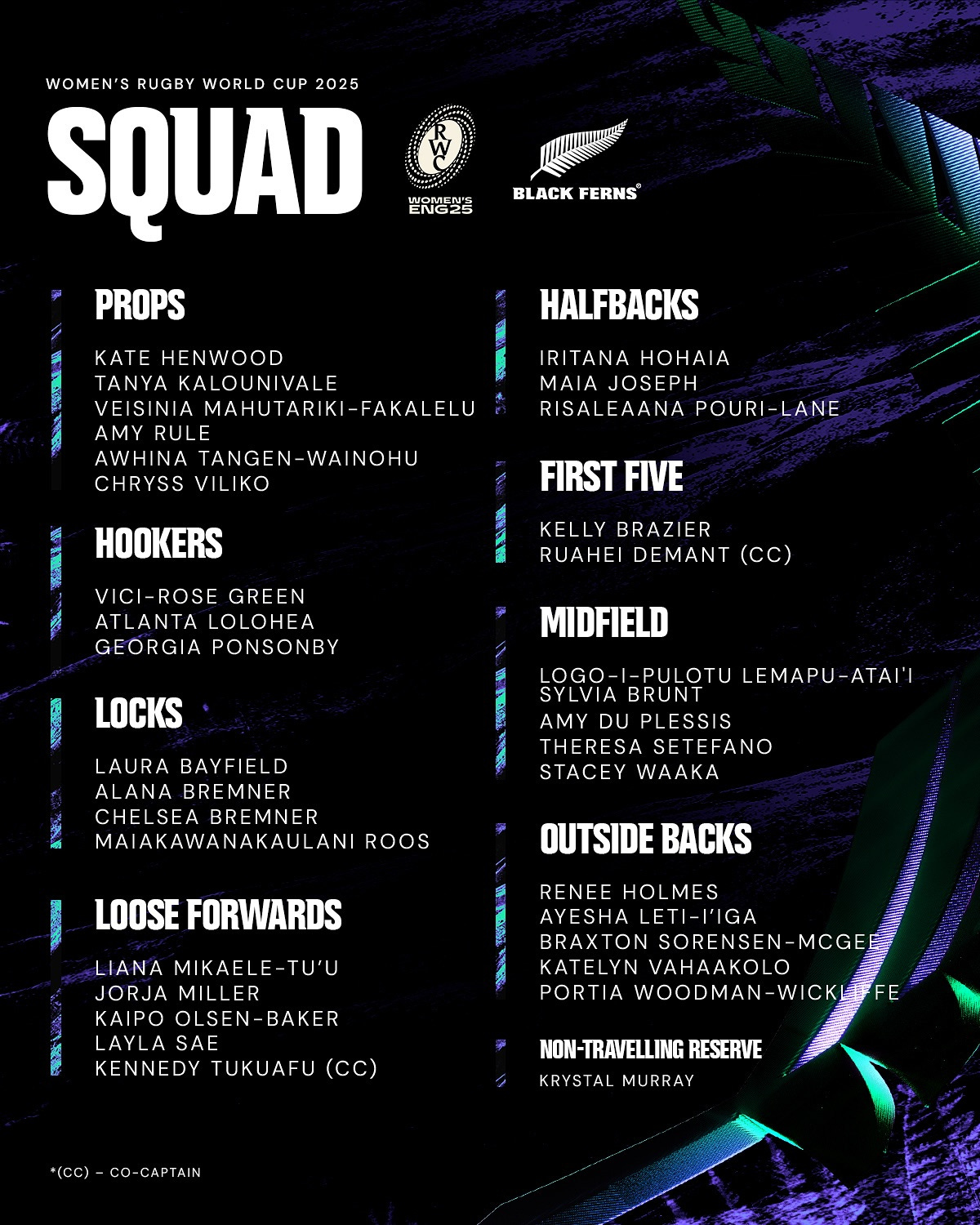Everything I can tell you about this World Cup Squad
A download from my brain and my spreadsheets
I am writing this analysis from Dunedin. I have the last of my non-rugby commitments to wrap up this weekend and then I am fully locked in. Living this jigsaw life is tough at times. I feel like I am constantly chasing and doing work. But then there are time like this, where I get to make my hyper fixation my vocation and I feel incredibly lucky. So tha…


